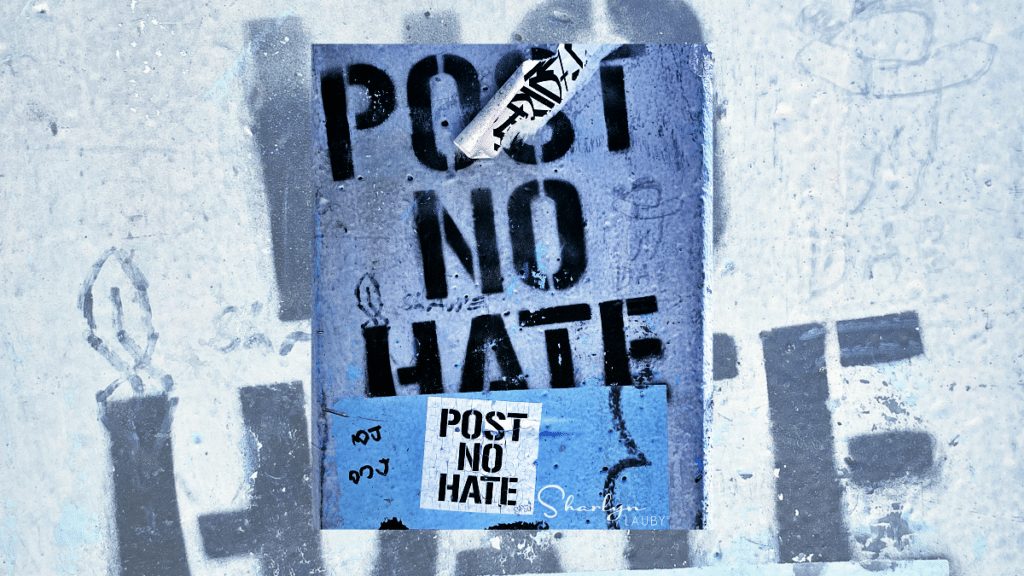Conflict Management at Work
Estimated reading time: 4 minutes
A couple of months ago, I published an interview with Alex Alonso about his latest book “Talking Taboo: Making the Most of Polarizing Discussions at Work”. I hope you’ll check it out. One of the reasons I wanted to interview Alex is because political conversations are much more prevalent at work.
It reminds me of an event I attended a few years ago (pre-pandemic). At this conference, several CEOs of Fortune 100 companies were talking about the workplace. One of the recurring themes was that topics like politics, civil rights, human rights, etc. were topics they could no longer ignore. I remember one CEO saying that he thought the company could stay apolitical and not get into these discussions. Then George Floyd was murdered. And employees asked why the company wasn’t taking a stand.
An increasing number of employees are looking for their organizations to speak up when inequities and injustices happen. But I don’t have to tell you that what I might feel is wrong or unjust, someone else might feel is just fine. Or they might not be as passionate about it as I am.
The Society for Human Resource Management (SHRM) released a study showing that 20% of workers felt they have experienced mistreatment because of their political views. Employees elaborated that they felt their career opportunities were limited based on their political views. And job seekers felt companies might have been eliminated from consideration because of their political views. One of the things I found interesting in this study was that individuals with both conservative and liberal views felt the same. Meaning this type of “political affiliation bias” isn’t exclusive to one political point of view.
Which is a very long introduction to today’s topic – conflict management. Harvard Business Review published an article on “How to Navigate Conflict with a Coworker” that’s worth a read. If we’re going to continue having political and societal conversations, then we need conflict management skills. I loved the last point in the HBR article about staying curious to reduce bias and defensiveness in conflict situations. Some other actions that organizations might want to consider include:
- During the interview process, ask candidates how they deal with conflict. Especially conflict with coworkers. One of my favorite interview questions is “Tell me about a time when you had to work with someone you did not personally like.” Honestly, even if you’re organization isn’t having any kind of politically charged discourse, conflict happens, and candidates should expect to discuss it.
- Companies might want to have some form of conflict management training available for employees. Maybe an introductory session with a model like the Me + We + WO + RK framework outlined in the “Talking Taboo” book, then refreshers in the form of a webinar or podcast. This could be helpful for employees both in terms of working through conflict with a coworker as well as when they have conflict with a customer.
Conflict has always been a part of work. It’s just that, in today’s workplace, sometimes the subject of the conflict is different. I’m not sure that’s going away anytime soon. Instead of trying to ban these conversations – because honestly, that’s not going to work – equip employees with the tools to resolve them on their own. And then hold them accountable for doing so. This doesn’t mean that management might not have to occasionally step in, but employees should not be allowed to create chaos and leave it for a manager to clean up. Oh, and this also means that managers need the training to deal with these messy conflict management situations when they occur.
Many organizations are asking employees to spend more time onsite, so this is a perfect time to look at learning opportunities. If you have a conflict management program, remind employees that it exists. And if you don’t, think about implementing one. It’s a long-term solution to an issue that just might be here to stay.
Image captured by Sharlyn Lauby while at the Wynwood Art District in Miami, FL
27